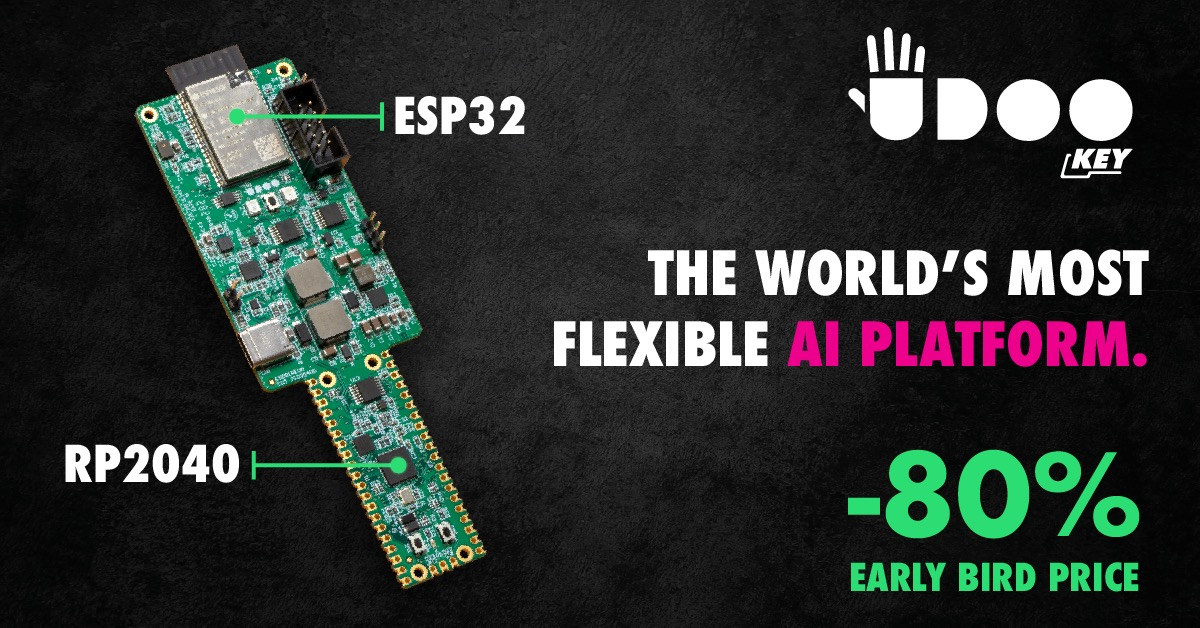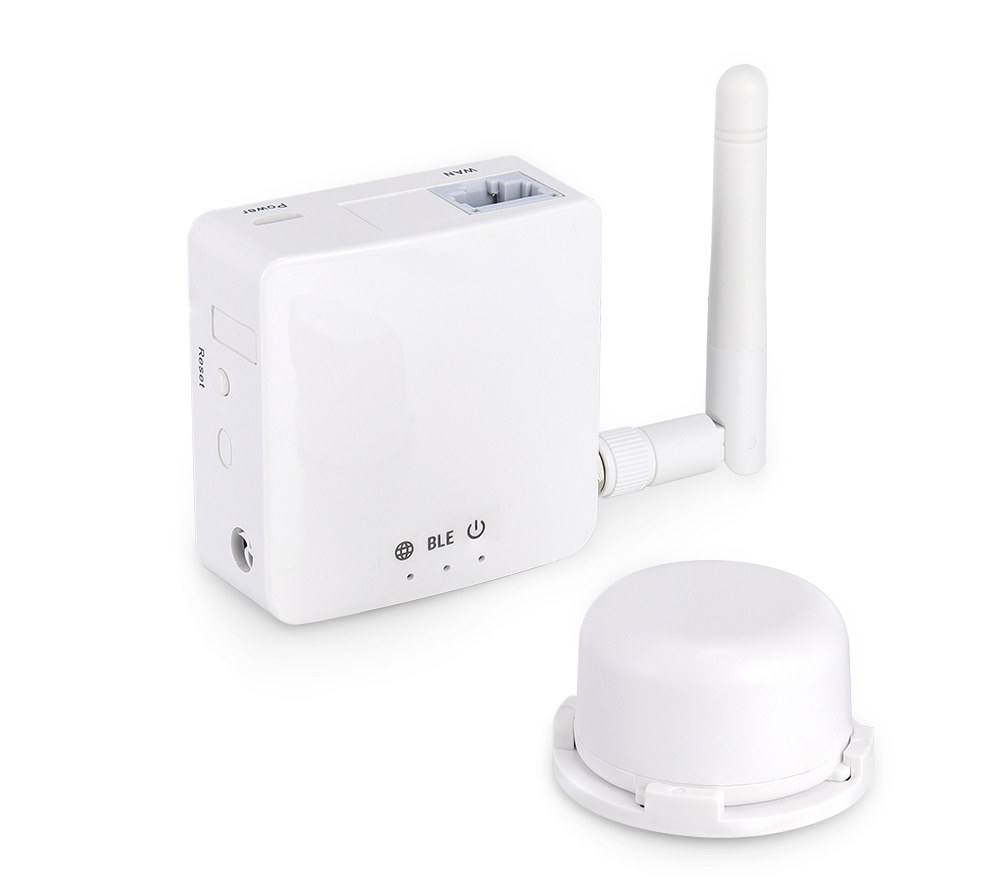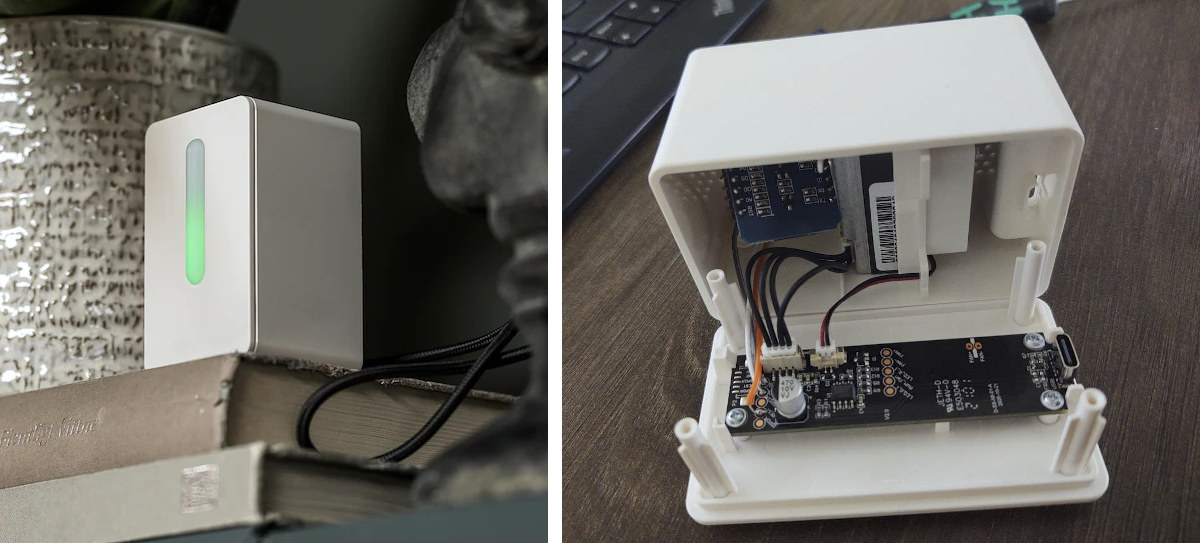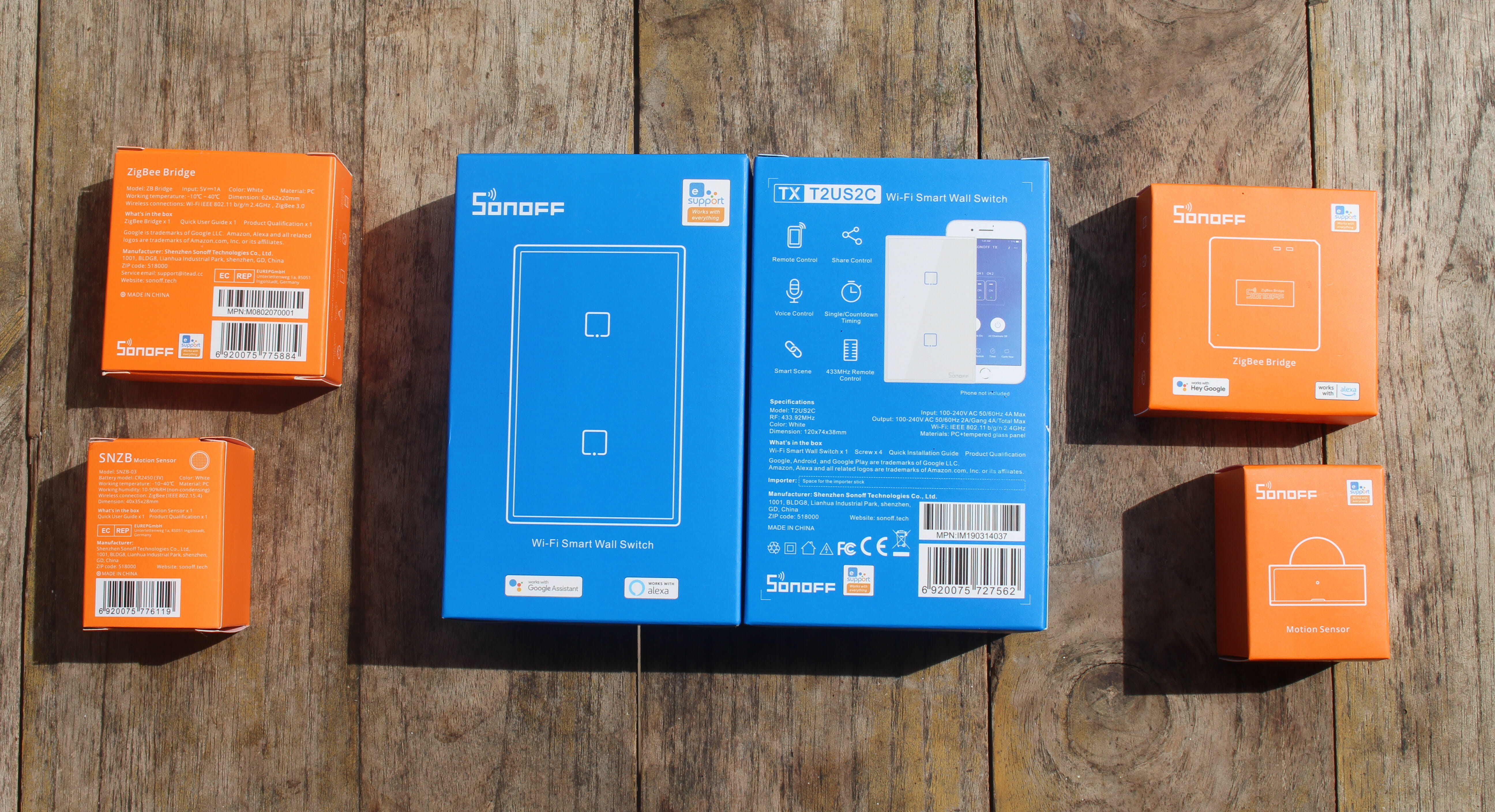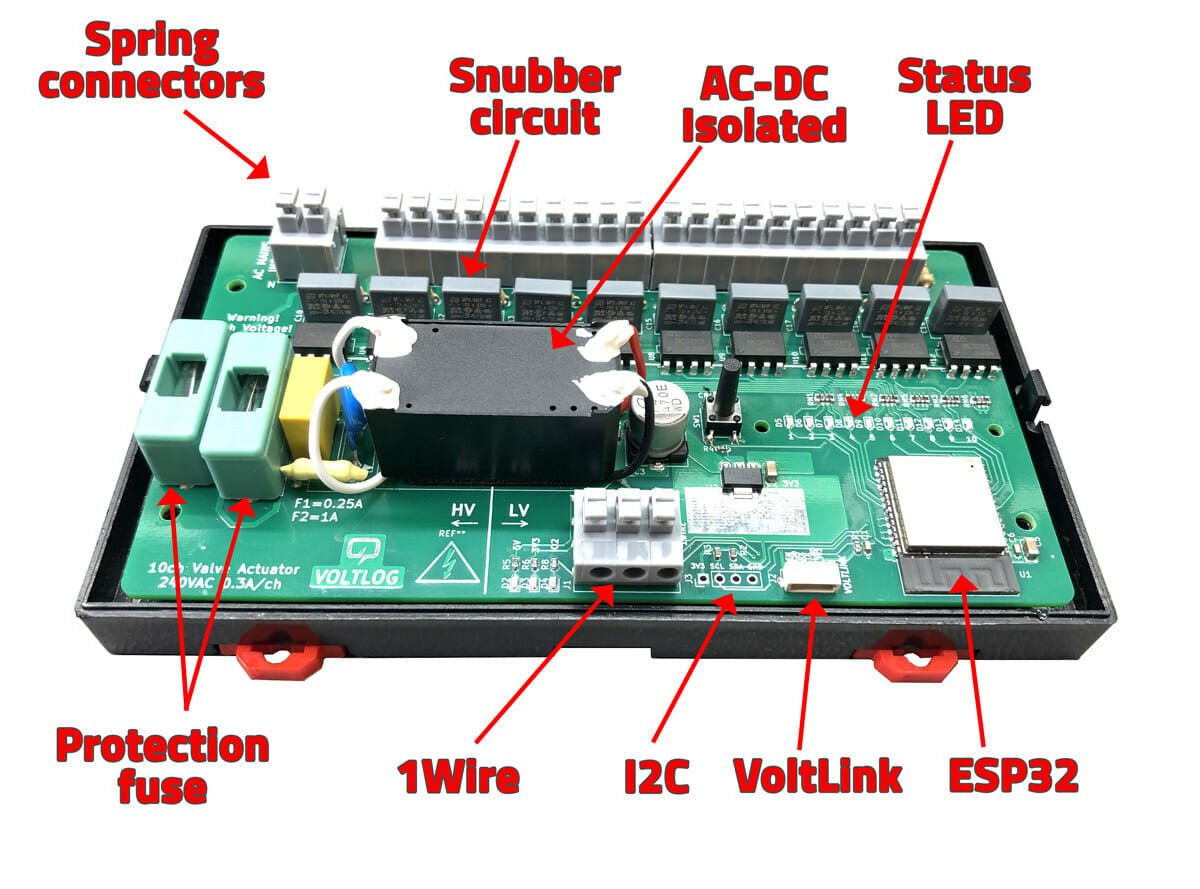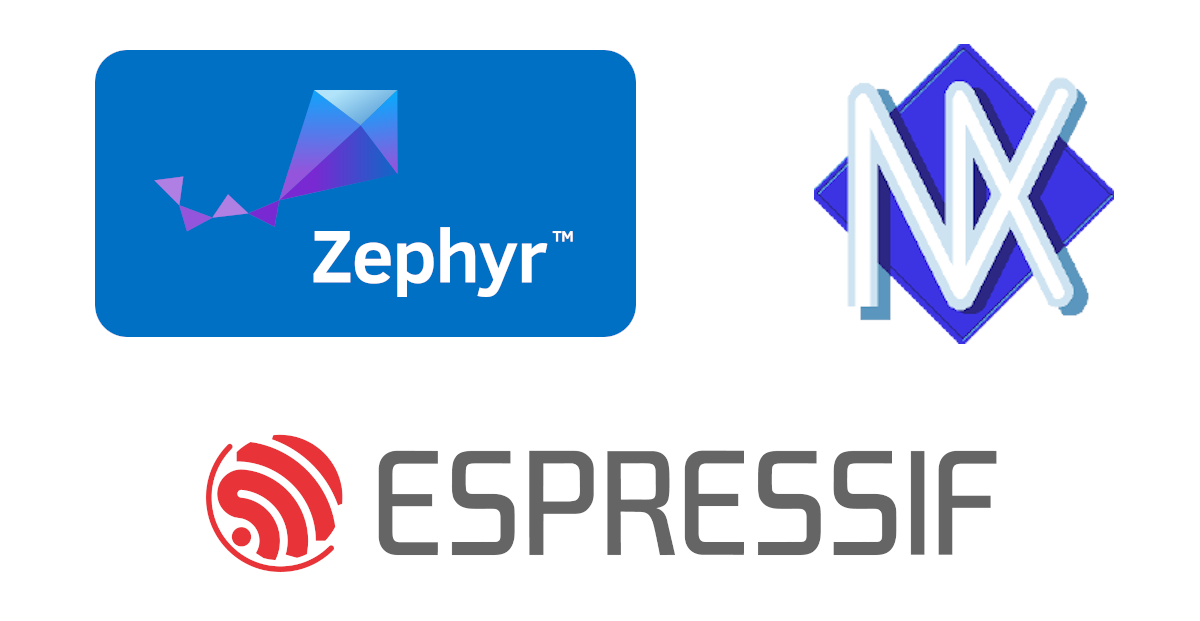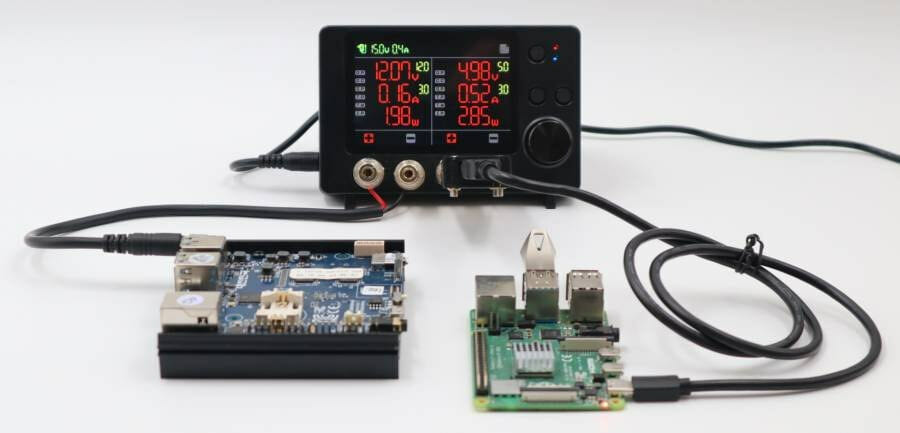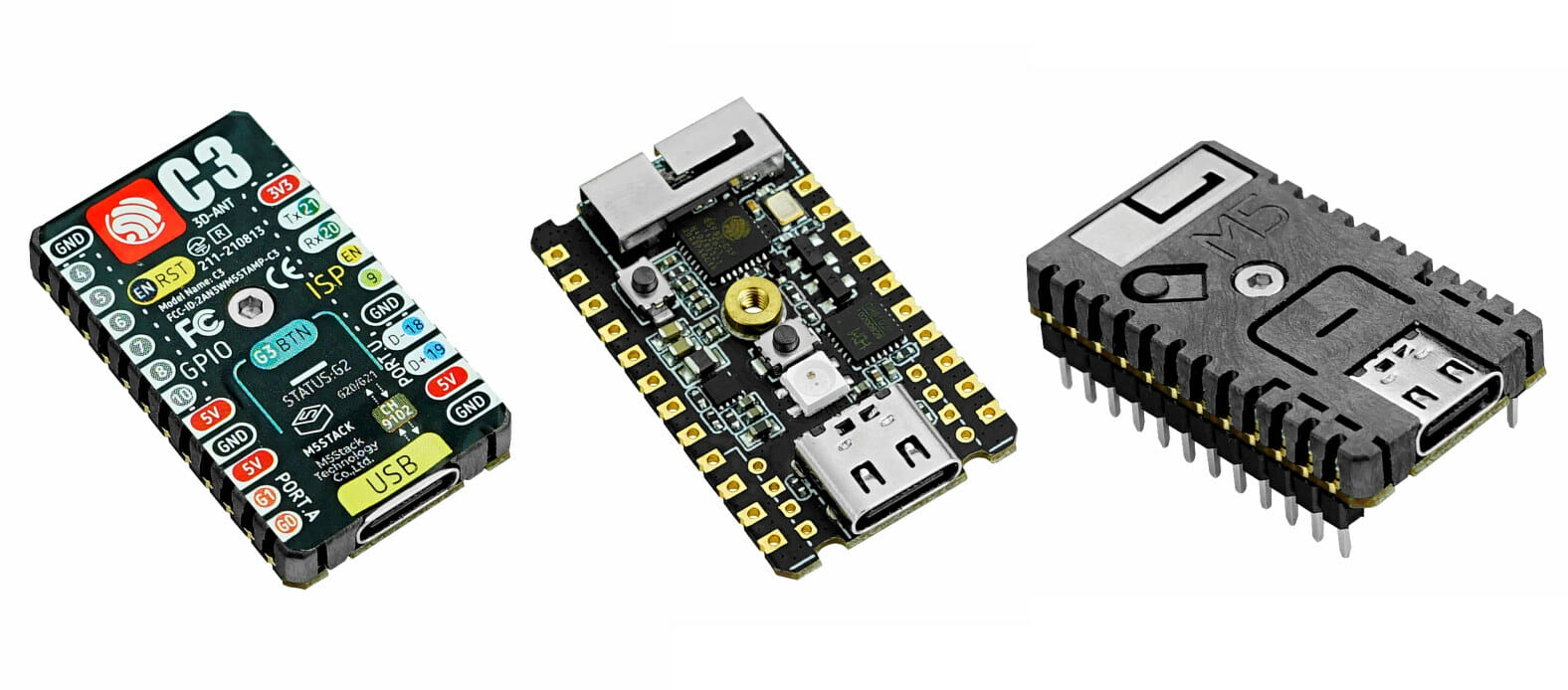There’s always a bunch of DIY electronics on Kickstarter, but right now nothing is as compelling as UDOO KEY. Built by UDOO, a multidisciplinary team that has already completed (and delivered) four highly successful Kickstarter projects, UDOO KEY is an innovative, never-before-seen combination of Raspberry Pi RP2040 and ESP32. Mind you: unlike the newest microcontroller by Arduino, UDOO KEY doesn’t simply use the ESP32 for connectivity. Instead, it features a fully programmable ESP32, offering the widest set of options in the field when it comes to Edge AI. Predictive maintenance, sound recognition, keyword recognition, gesture recognition, face recognition, object detection & classification… these are just a few of the many applications you can build, also thanks to the several programming languages and libraries supported, such as Micropython, C, C++, TensorFlow Lite and TinyML. This is not some fancy mini PC for low-budget gaming, but a platform for AI at the […]
GL.inet GL-S10 – A compact BLE to MQTT IoT Gateway
GL.inet is better known for its WiFi routers, but the company’s latest model, the GL-S10, can not be used as a WiFi access point, and instead, the ESP32 powered device acts as a BLE to MQTT IoT gateway over Ethernet or WiFi. The gateway will gather data from Bluetooth LE devices such as beacons, and be used in warehouses, shopping malls, airports, exhibition halls, tourist attractions, etc… for personnel management, asset management, environmental monitoring, indoor navigation, and more. GL.inet GL-S10 specifications: SoC – Espressif ESP32-D0WD dual-core processor with WiFi and BLE connectivity System Memory – 8MB RAM (PSRAM) Storage – 4MB NOR flash Connectivity 10/100M Ethernet port IEEE 802.11 b/g/n WiFi 4 @ 2.4 GHz up to 150 Mbps; station mode only Bluetooth 4.2 LE with GAP and GATT support, can act as GATT server or GATT client MQTT connectivity to the cloud Misc – 3x LEDs (Power, Internet. BLE), […]
Ikea PM2.5 air quality sensor’s ESP8266 hack adds WiFi, MQTT, and Tasmota support
Ikea VINDRIKTNING PM2.5 air quality sensor functionality can be augmented with an ESP8266 WiFi board or module, and open-source firmware adding MQTT, or the popular Tasmosta firmware for more features. Out of the box, Ikea air quality sensor simply shows green (good), yellow (ok), and red (not good) colors to indicate the level of pollution with PM2.5 levels. But Sören Beye (Hypfer), who also happens to have developed Valetudo firmware for smart vacuum cleaners, has added a Wemos D1 Mini board to his sensor and developed open-source firmware with MQTT support. You’ll need to open the air quality sensor, and solder three wires between the ESP8266 board and the 5V, GND, and Tx (data) pin from the Ikea VINDRIKTNING mainboard. After flashing the firmware, you still get the original LED indicator plus PM 2.5 air quality data sent over MQTT and WiFi. The update system supports Home Assistant Autodiscovery with […]
Playing with Sonoff Zigbee & WiFi automation – Part 1: Hardware overview
I don’t think I’ve ever used Zigbee, but I’ll soon have the opportunity as ITEAD sent me the Sonoff ZBBridge gateway, a Sonoff T2 2-gang WiFi switch as well as a Zigbee motion sensor. I had reviewed several Sonoff devices in the past, but it had been over three years that I hadn’t. ITEAD recently contacted me basically telling me I could select whatever I wanted from their product list for a review on CNX Software. Since I had reviewed several of the company’s WiFi smart sockets, smart switches, and a light bulb, I had less to play with, and then I thought it might be fun to play with Sonoff Zigbee products. But I did not own any Zigbee hardware, so I had to think about a use case. I have a small annoyance in the house I rent. When we come back at night, we have to leave […]
10-channel floor heating valve controller supports Tasmota, MQTT, Home Assistant
Voltlog has designed an open-source hardware floor heating valve controller powered by an ESP32 WiFi module making it compatible with Tasmota open-source firmware, and by extension MQTT protocol and Home Assistant automation framework. The board can control up to 10 valves triac controlled outputs and spring connectors for a floor home heating system, and also offers a one-wire srping connector, an I2C header, and safety features with two fuses, although it’s obviously not UL nor TUV certified. Voltlog decided to design his own board instead of buying off-the-shelf solutions because of the high price of such products and the lack of open-source firmware for integration into a home automation server powered by Home Assistant. You can flash firmware to the ESP32 either through a VoltLink USB to Serial converter or you can use your own USB to serial converter module through the on-board JST-SH 1.0mm pitch 6 pin connector. This […]
Status of Zephyr and NuttX RTOS support for ESP32
Espressif has recently announced that both Zephyr and NuttX open-source real-time operating systems had gotten official support for the ESP32 series of WiSoCs. It’s been a long time in the making, and when I first tried the community developer port of Zephyr OS on ESP32 in 2018 it did not work well at all, and I could not even make the blink LED sample work on Wemos Lolin32 board, and the WiFi sample would not even build. But time has passed, Espressif Systems started to officially work on Zephyr in 2020, and now I/Os, WiFi, and some other features work on Zephyr and NuttX RTOSes. Zephyr on ESP32 We first wrote about the Zephyr Project in 2016 describing the OS as follows: Zephyr Project is a lightweight real-time operating system (RTOS) designed for IoT applications and comprised of a microkernel for lower priority tasks, as well as a nanokernel to […]
Smart Power 3 – A $45 smart power analysis tool for embedded systems developers
Hardkernel has launched a number of popular Arm SBC’s with the ODROID family over the years, but the Smart Power 3 is a different type of product, as the ESP32-based smart power meter can help embedded systems engineers optimize their hardware and software power consumption and/or check for spurious power peaks during boot up or shutdowns. In the past, we’ve reviewed relatively expansive tools like Qoitech Otii Arc or gone the DIY route, but at $45, Hardkernel offers a power monitoring solution that’s both inexpensive and easy to use, albeit with fewer features than Qoitech’s device. Smart Power 3 specifications: MCU – ESP32 dual-core microcontroller via ESP32-WROOM-32E module Output Channels – 2x output channels (Max 50W + 50W) via 2x 4mm banana jacks each Output Voltage – 3V DC to input voltage – 1V Output Current – 3A max per channel Measurement Voltage, Current, Power Maximum sampling rate: 200Hz (5msec […]
M5Stamp C3 RISC-V board supports WiFI 4, Bluetooth 5.0 Long Range and 2 Mbps bitrate
It was only last month that M5Stack launched the M5Stamp Pico module based on an ESP32-PICO-D4 SiP and heat-resistant plastic shell, but M5Stamp C3 board is already out with most of the same specifications and features but an ESP32-C3 RISC-V SoC replaces the ESP32 dual-core Xtensa processor. M5Stamp C3 offers WiFi 4 and Bluetooth 5.0 with high bitrate and long-range connectivity and comes with the same heat-resistant plastic shell, but the company also highlights the RSA-3072-based secure boot and the AES-128-XTS-based flash encryption as a more secure way to address Bluetooth security concerns. M5Stamp C3 specifications: WiSoC – ESP32-C3FH4 32-bit single-core RISC-V processor @ up to 160 MHz, with 384KB ROM, 400KB SRAM, 8KB RTC SRAM, 4MB embedded flash, WiFI and Bluetooth Connectivity 2.4 GHz WiFi 4, 20 MHz and 40 MHz bandwidth, IEEE 802.11 b/g/n protocol, up to 150 Mbps Bluetooth 5, Bluetooth mesh, with supports for 125 Kbps, […]


